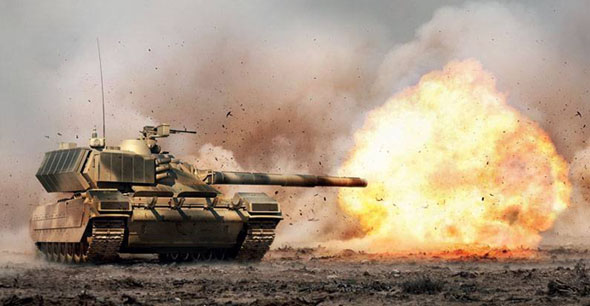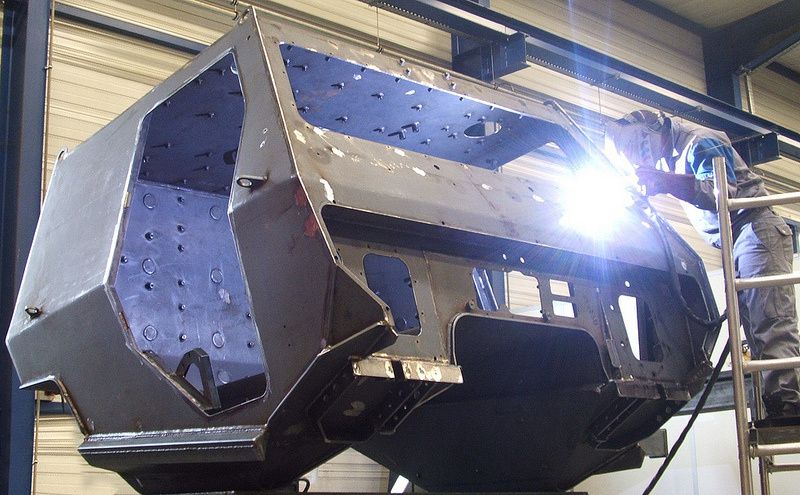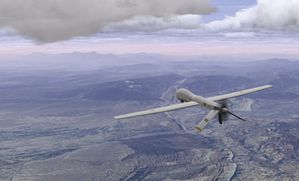
sept 3, 2012 Nicolas Gros-Verheyde (BRUXELLES2)
La « fin de la première séquence européenne, le début de la seconde », c’est ainsi que dans l’entourage de Jean-Yves Le Drian, le ministre de la défense français, on qualifie cette visite aujourd’hui (3 septembre) à Bruxelles. Assurément, il n’y a pas eu, depuis bien longtemps, de programme aussi chargé à Bruxelles pour un ministre de la Défense. Pour entrer en matière, petit déjeuner avec Michel Barnier, le commissaire (français) au Marché intérieur, puis entretien avec Herman Van Rompuy, le président du Conseil européen ; et tour des projets de l’agence européenne de Défense Claude-France Arnould. L’après-midi aura lieu des entretiens avec José-Manuel Barroso, le président de la Commission européenne, Catherine Ashton, la Haute représentante de l’UE pour les Affaires étrangères, et avec Anders Fogh Rasmussen, secrétaire général de l’OTAN, avant de finalement, diner avec le ministre belge de la Défense, pour un entretien bilatéral.
Une toile patiemment tissée autour d’un noyau dur
Têtu comme un Breton qu’il est (:-), Le Drian a une idée en tête, relancer l’Europe de la Défense, et pas à pas, entretien après entretien, il tisse sa toile, sans doute moins « effet d’annonce » que l’était la précédente équipe mais, peut-être, plus efficace. Il a ainsi rencontré déjà une demi-douzaine de ses homologues à commencer par ceux dont la France est proche — britannique — ; les Weimar Plus — allemand, polonais, italien, espagnol — et quelques pays volontaires — finlandais et chypriote (par téléphone). Un premier « noyau dur » en quelque sorte. Il a également reçu l’ensemble des ambassadeurs de France présents dans les pays de l’Union européenne — une « première » pour un ministre de la Défense, souligne-t-on à Paris — pour parler de relance de l’Europe de la défense.
Une chance pour l’Europe de la Défense
Pour le Ministre, il est temps d’agir et le moment est propice. Les Européens ont une « chance historique » aujourd’hui pour se réorganiser. Le rééquilibrage américain vers le Pacifique est aujourd’hui avéré et incontournable, « les Européens doivent donc passer du statut de « consommateur de sécurité » à celui de « producteur de sécurité » » explique-t-il. C’est la première année où les dépenses Asiatiques dépassent les dépenses européennes. La crise économique affecte aussi profondément les budgets ; si « les Européens n’agissent pas pour faire converger leurs intérêts capacitaires », ils n’auront pas d’autre choix que de les « perdre ». Il ne s’agit pas de faire un « nouveau traité à 27 » mais d’avoir des « capacités disponibles, plus fréquemment opérations extérieures ». Ce qui suppose « à la fois d’avoir un projet industriel et un projet politique ».
La France en partenaire incontournable
Dans l’échiquier européen, en matière de défense, seule la France a position de « rassembleur ». Un rôle auquel ne veut pas prétendre le Royaume-Uni, pour des raisons politiques, et ne peut pas prétendre l’Allemagne, pour des raisons à la fois historiques et philosophiques, et également budgétaires (NB : malgré une population et un PIB supérieur, ses dépenses restent plus faibles d’environ 10% par rapport à la France). L’accord de Lancaster House a laissé quelques partenaires habituels de la France (Allemagne, Italie, Espagne, Pologne…) un peu « amers » et « froissés » par cette relation, perçue comme quasi-exclusive, donc excluante d’autres partenariats. Et ceux-ci cherchent donc à bâtir d’autres relations (sans la France).
Dénouer l’imbroglio de Lancaster House
La donne est claire. D’un côté, la France s’est engagée dans un partenariat avec le Royaume-Uni, partenariat qui confine à « l’intimité militaire » comme l’explique un proche du Ministre. Il est vrai que les deux pays partagent une certaine proximité tant en termes de taille de l’armée que de relation avec le pouvoir et surtout de capacité d’engagement à l’extérieur. « C’est le pays avec lequel on est le plus proche, en opérations. C’est celui avec qui on parle le plus de la Syrie, du Sahel et du Nord Mali. Il est donc naturel également de parler capacités et renforcement industriel » poursuit notre interlocuteur. De l’autre côté, ce partenariat quasi-exclusif a « froissé », laissé de côté les autres partenaires européens, habituels de la France – Allemagne, Italie, Espagne – ou nouveaux – Pologne. Ce qui a fait quelques dégâts politiques qu’il importe de réparer. L’idée de pouvoir ouvrir l’accord de Lancaster House aux autres Européens – ou du moins certains chapitres – serait une solution. Mais elle suppose l’accord des Britanniques. Et, c’est là que l’imbroglio se corse. Ceux-ci ne veulent absolument pas entendre parler de coopération sous un chapeau européen et préfèrent le « bilatéral », pour des raisons à la fois politiques, économiques et historiques… La piste de solution est donc assez étroite et demande du doigté. Ainsi la volonté allemande de pouvoir participer au projet franco-britannique de drone n’a pas encore été acceptée mais pas refusée. « Les Britanniques n’ont pas dit non. Ils sont, assez, à l’écoute».
La question du QG européen toujours tangente
De même, les Britanniques ne veulent toujours pas entendre parler d’un QG européen permanent – un chiffon rouge – mais ils pourraient être sensibles au problème posé en opération. « Ouvrir et fermer à chaque fois un QG (comme c’est obligatoire aujourd’hui sans QG permanent, fait perdre du temps » précise-t-on du côté de Le Drian. « Et on ne capitalise pas les retours d’expériences, il faut donc trouver une forme de pérennité qui ne soit pas synonyme d’unicité du commandement des forces ». On est donc à la recherche, coté français, de solution « pragmatique » qui permette d’apporter une solution qui suscite l’accord des 27.
Lire aussi :
commenter cet article …




























